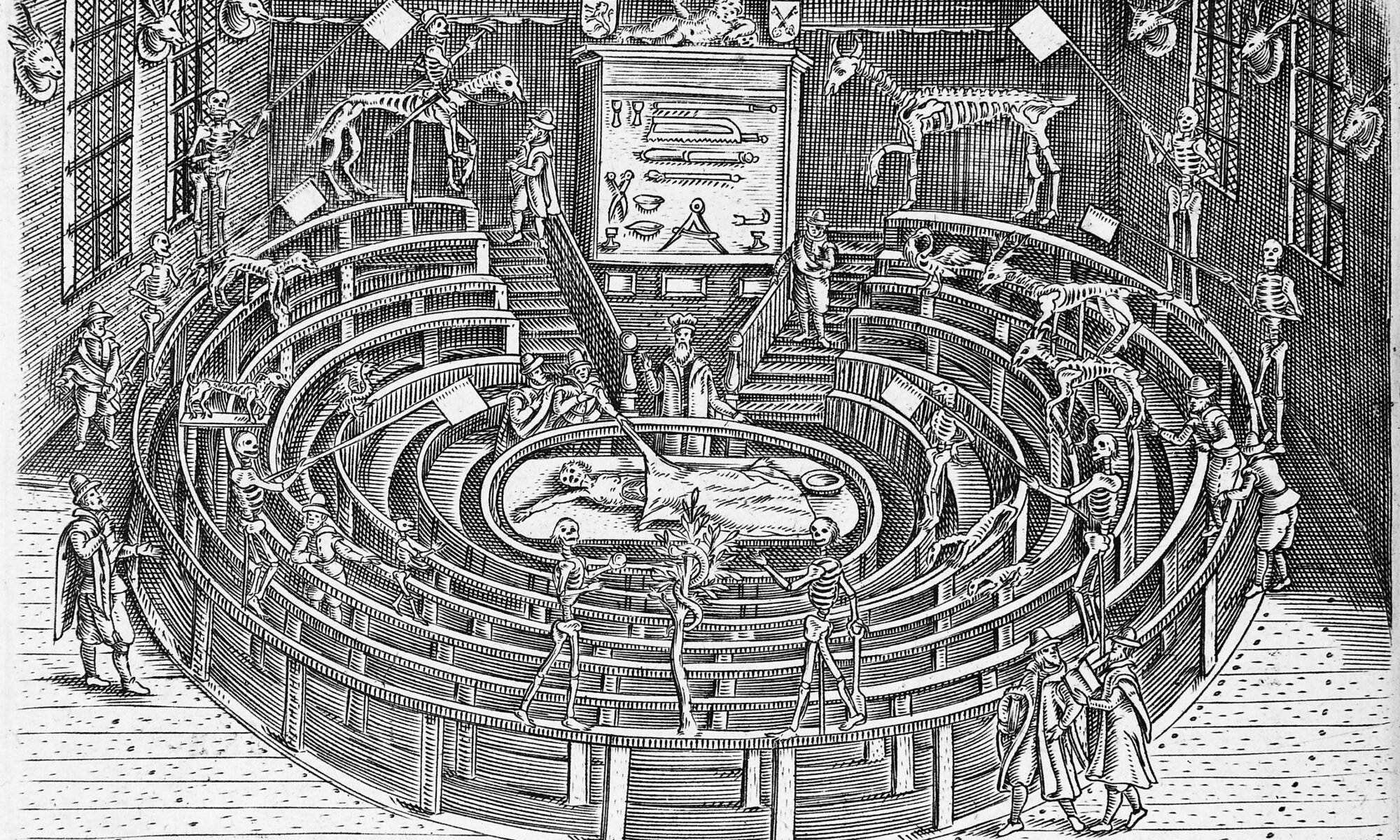
Drawing by Leonardo da Vinci “The Vitruvian Man” is dated to around 1490. It’s author presented on paper, with a pencil, a naked figure of a man in two superimposed positions with arms and legs apart, and at the same time inscribed in a circle and a square. The drawing refers to the “De Architectura” treatise (datedbetween 30 and 15 BC), created by the famous Roman architect Vitruvius. This ancient work discusses the human body in the context of the search for perfect proportions, which drew the attention of Leonardo, fascinated by human anatomy. Da Vinci believed that the functioning of the human body can be compared to the operation of the microcosm against the backdrop of the universe. On this basis, for example, he juxtaposed the human skeleton with the rocks of the planet, and the action of the lungs during breathing with the ebb and flow of the oceans. The drawing of the Vitruvian Man is stored in the Gallerie dell’Accademia in Venice and is very rarely shown at exhibitions.

